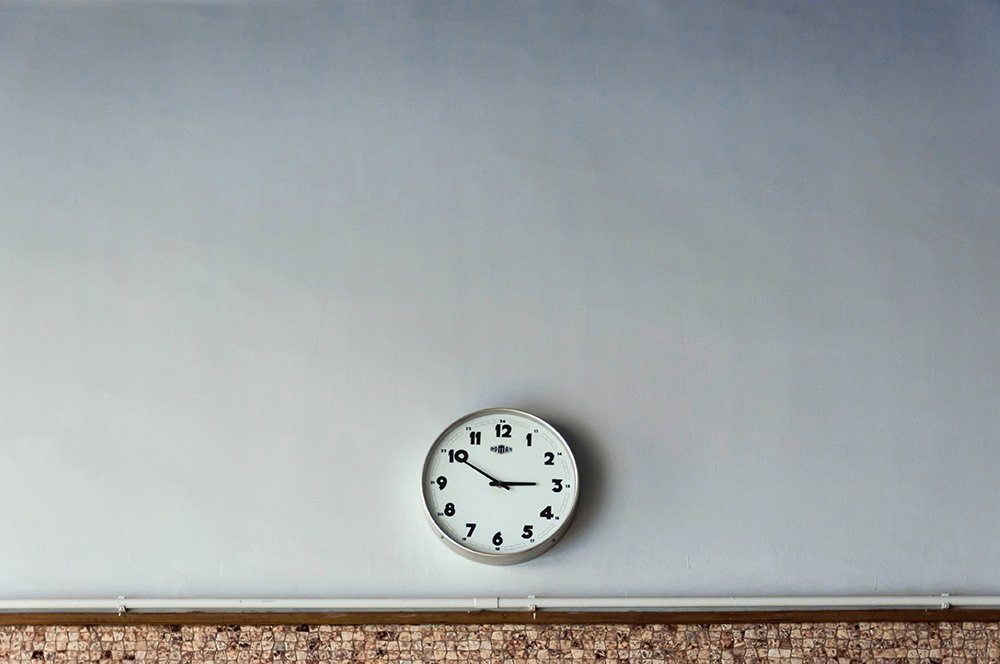This Sunday, March 12, 2017 we will “spring forward” in recognition of daylight saving time. As there has been talk and even a bill proposed to end the recognition of daylight saving time in Nebraska, Great Plains Communications wanted to share a few facts about why we adjust our clocks twice a year.
- “Daylight Saving Time” vs. “Daylight Savings Time”
You will often see people refer to it as “daylight savings time”, when in fact that is incorrect. Since the word “saving” is acting as an adjective rather than a verb, it should be written in singular form to be grammatically correct.
- The United States was not the first country to recognize daylight saving time
Germany was the first country to enact daylight saving time on April 30, 1916 in steps to conserve electricity during World War I. Shortly after, the United Kingdom did the same, introducing “summer time.” The United States didn’t adopt daylight saving until 1918.
- Not everybody in the United States changes their clocks
Both Hawaii and Arizona do not observe daylight saving time, as well as Guam, Puerto Rico, and the Virgin Islands. Some Amish communities also choose to remain on standard time year-round.
